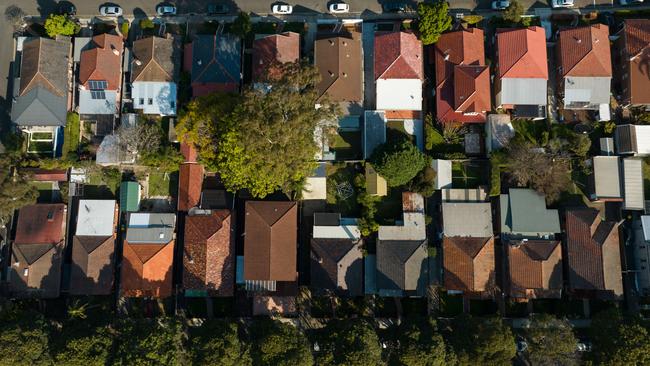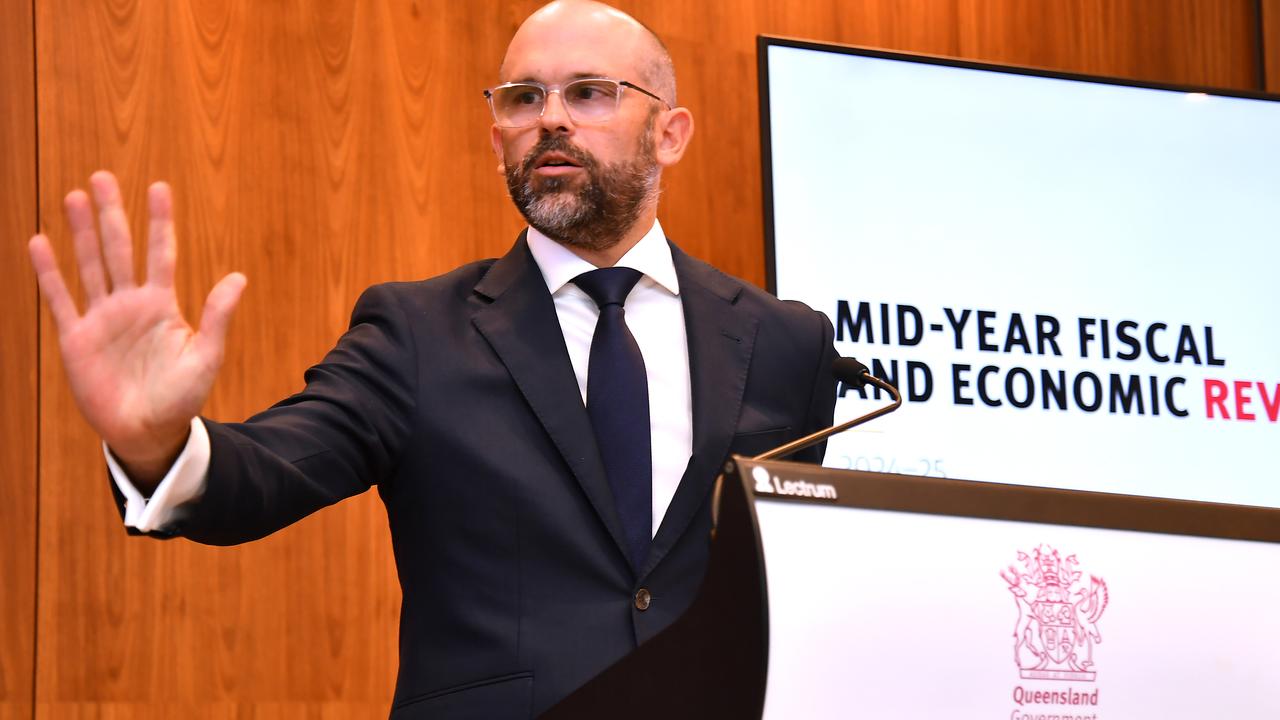Rate hikes hit Australian households the hardest
The findings by the International Monetary Funds justifies the Reserve Bank’s decision to not push interest rates as high as in other developed economies such as the United States.

Rate hikes hit Australian households harder than anywhere else in the world, the International Monetary Funds says, justifying the Reserve Bank’s decision to not push interest rates as high as in other developed economies such as the US.
New IMF research finds that our very low share of fixed-rate mortgages, heavy household debt burdens and constraints that limit the supply of new housing put Australia at the top of a list of 25 countries as measured by households’ vulnerability to rising borrowing costs.
“Why are some feeling the pinch from higher rates and not others? The answer partly lies in differences in mortgage and housing market characteristics,” IMF economists wrote ahead of the release of the second chapter of the upcoming World Economic Outlook. “The effects of rising monetary policy rates on activity partly depend on housing and mortgage market characteristics, which vary significantly across countries,” they wrote.
For example, about 90 per cent of American home loans are fixed, the IMF report showed, most commonly by 30 years. In contrast, only about 15 per cent of Australian mortgages are fixed.
Australia was also a standout in terms of household debt, at a level equivalent to more than 100 per cent of GDP.
A recent string of strong economic data in the US has raised fears that rate cuts in the world’s most important economy will be delayed. That has led financial markets to push back pricing for the RBA’s first rate cut from September to the following board meeting in November.
The RBA’s 13 hikes since May 2022 have pushed the key cash rate from 0.1 per cent to 4.35 per cent in what has been the most aggressive monetary policy tightening since the late 1980s.
Despite the historic nature of the moves, the RBA has shown a much softer touch than its counterparts in comparable countries.
From a similar starting point, the US Federal Reserve has increased its policy rate to a range of 5.25-5.5 per cent.
Central banks in Canada and Europe have gone to 5 per cent, to 5.25 per cent in Britain and to 5.5 per cent in New Zealand.
CBA head of Australian economics Gareth Aird said despite the shallower rate hike cycle here, the transmission through to borrowing costs had been substantially larger.
Mr Aird calculated that even though the US Fed had hiked by more than five percentage points, the average outstanding mortgage rate had only inched higher by 0.5 percentage points.
In contrast, the substantially lower share of fixed Australian home loans meant the 4.25 percentage point increase in the RBA’s cash rate had translated to about 3.25 percentage point rise in outstanding mortgage rates.
Mr Aird said this analysis “helps explain why the RBA did not need to take the cash rate up as high as in other countries because the transmission is more direct”.
This was also clear in the rapid decline in real per capita household consumption in Australia, while it had been climbing in the US, he said.
Despite the outsized hit to indebted households from climbing interest rates, the property market has proved surprisingly resilient, with home values reaching a new national record in March, according to PropTrack.
New data from the Australian Bureau of Statistics showed a bounce in new lending commitments in February.
Home loan commitments have generally tracked sideways in recent months, but remain 13 per cent higher than a year earlier, the ABS figures showed, with new investor lending up more than 20 per cent.
Average new mortgages for first-time home buyers has continued to track higher, reaching $525,000, according to NAB.
NAB senior economist Taylor Nugent said “higher mortgage rates and affordability constraints are being offset by tightness in rental markets and underlying strength in housing demand”.





